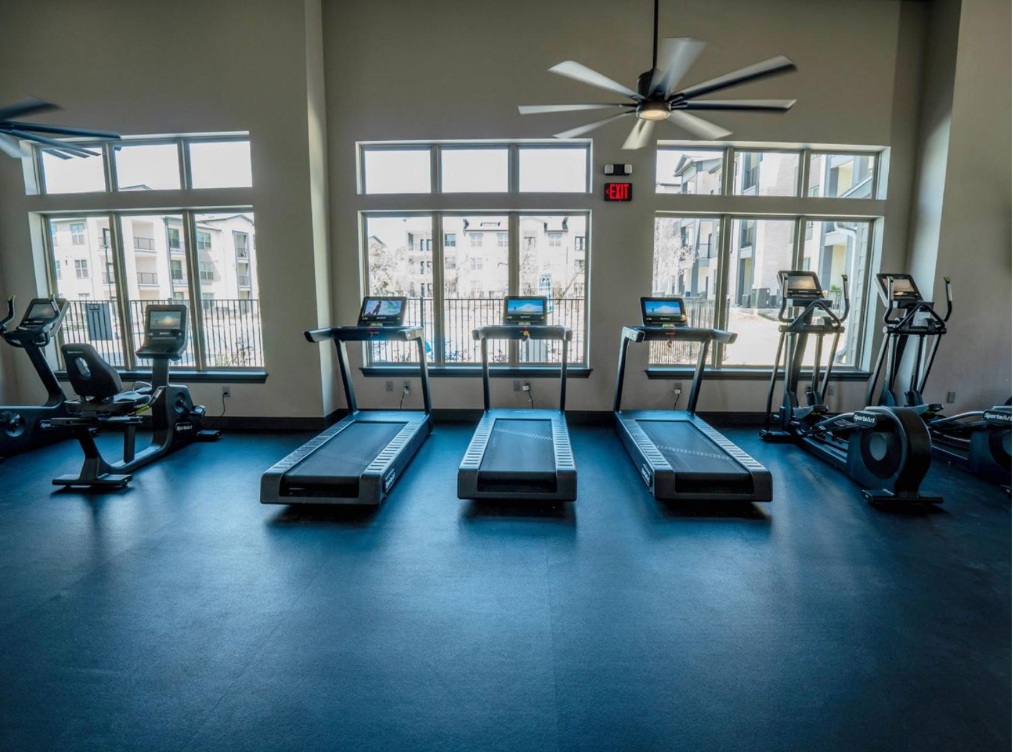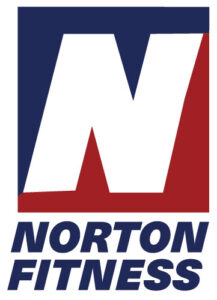For many people looking to improve their health, investing in fitness equipment can be a powerful step forward. What some may not know is that in certain cases, you can use your Health Savings Account (HSA) or Flexible Spending Account (FSA) to help cover the cost of that equipment—if it’s considered medically necessary. This blog explains how it works, the steps involved, and what documentation you may need.
Understanding HSAs and FSAs
HSAs and FSAs are tax-advantaged accounts that allow individuals to set aside money for qualified medical expenses. Contributions are made pre-tax, which can lower your taxable income and help you save on healthcare costs.
Typically, these accounts are used for doctor visits, prescriptions, or medical procedures—but with proper documentation, certain types of fitness equipment may also qualify.
Fitness Equipment Is Not Always Covered
The IRS considers general wellness purchases—including fitness equipment like treadmills, weights, and ellipticals—to be non-eligible expenses. However, if the equipment is deemed medically necessary for the treatment or management of a specific health condition, it may qualify as a reimbursable purchase.
This is where a Letter of Medical Necessity (LMN) becomes essential.
What Is a Letter of Medical Necessity?
A Letter of Medical Necessity (LMN) is a formal document written by a licensed healthcare provider, such as your primary care physician, physical therapist, or specialist. The letter should clearly explain why a specific piece of fitness equipment is necessary for treating a diagnosed medical condition.
A valid LMN generally includes:
- The patient’s diagnosed medical condition
- A description of the recommended equipment
- The therapeutic benefit of the equipment
- How long the equipment will be used
- The provider’s contact information and signature
Without an LMN, your HSA or FSA provider is unlikely to approve reimbursement for fitness-related purchases.

Real-Life Examples of Medical Necessity
Treadmills and Stationary Bikes
These machines are often recommended by doctors for individuals with:
- Cardiovascular disease
- Obesity
- Type 2 diabetes
Regular use of a treadmill can help improve heart health, control blood sugar levels, and support weight loss—especially for those under medical supervision.
Free Weights and Resistance Equipment
Free weights, kettlebells, and strength machines can benefit patients dealing with:
- Osteopenia or osteoporosis
- Sarcopenia (age-related muscle loss)
Strength training helps maintain bone density, improves balance, and reduces the risk of falls.
Ellipticals and Rowers
Low-impact cardio machines are ideal for:
- Arthritis sufferers
- Individuals recovering from joint injuries
These options offer effective cardiovascular exercise without the strain that traditional running or high-impact workouts might create.
Other Examples
Other commonly approved equipment under LMNs can include:
- Resistance bands (for rehab and recovery)
- Balance balls or trainers (for physical therapy)
- Recumbent bikes (for mobility-impaired users)
Steps to Using Your HSA or FSA to Purchase Fitness Equipment
1. Speak With Your Healthcare Provider
Start by discussing your health condition and asking if fitness equipment could help manage or treat it. If so, request a Letter of Medical Necessity.
2. Obtain a Detailed LMN
Ensure the LMN includes all necessary information—specific condition, how the equipment will help, and the duration of use.
3. Choose the Right Equipment
Once you have your LMN, select the equipment that aligns with your provider’s recommendations. Look for durable, medically appropriate machines that suit your needs.
4. Keep All Documentation
Save your LMN, purchase receipt, and any correspondence with your provider. If your FSA or HSA administrator requests proof, you’ll be ready to provide it.
5. Check With Your Plan Administrator
Before making a purchase, confirm with your HSA/FSA administrator that the equipment and documentation are acceptable. Every plan has slightly different rules, so this step is crucial.
Why It Matters
Using an HSA or FSA to purchase medically necessary fitness equipment can be a smart, tax-efficient way to invest in your health. Whether you’re recovering from an injury, managing a chronic condition, or working to prevent long-term health issues, having access to quality equipment at home can be a critical part of your care plan.
Final Thoughts
It’s exciting to know that with the right steps, your HSA or FSA can support your fitness goals when they align with medical treatment. If your healthcare provider recommends a specific piece of equipment, take advantage of the potential tax savings and make a smart investment in your health.
Disclaimer:
Norton Fitness is not a licensed insurance agent. The information in this blog post is for general guidance only. Always consult your healthcare provider and check with your HSA or FSA plan administrator before making a purchase to ensure your expense qualifies.
Reach out to Norton Fitness today to learn more or get matched with equipment that fits your medical and fitness goals.
